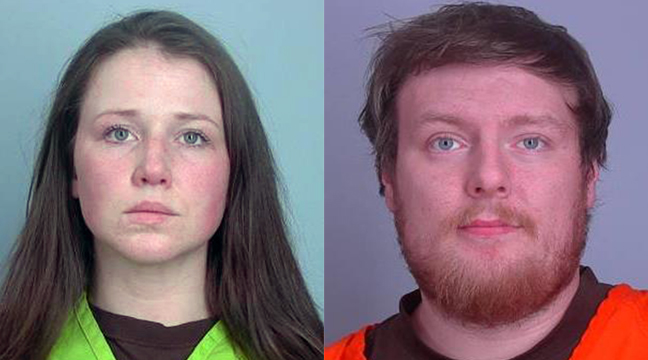(Editor’s Note: The following article was submitted to the Becker Area Senior Center and is being run in the Patriot. The author of the story is Cristina Rodriguez, CNP CADDCT, Care Navigator/Dementia Educator.)
In the local three county area (Stearns, Sherburne, Benton), it was estimated in 2019 that there were 7,500 individuals living with diagnosed dementia. Another 22,500 living with diagnosed with Mild Cognitive Impairment, which can be a precursor to Alzheimer’s, or other dementias. That is 30,000 individuals with MCI or dementia living in this area’s local communities. The key word in the above statement is “diagnosed”. The true local numbers are likely double because many in these community’s people are living with dementia that is not yet diagnosed.
What is Dementia?
While doing a training earlier this month in Cold Spring, I (Rodriguez) asked the question to a group of about 30 people, “Who has heard of dementia?”
“Every single person in the group raised their hand. That was the first time in my 20+ year career that every single person raised their hand and acknowledged that they had heard of dementia”
Rodriguez said she was accustomed to having a few, or a handful of attendees raise their hand, so this was interesting to her.
“I was thrilled to see that more and more individuals are hearing about dementia, talking about dementia and learning about dementia,” she said. “This is definitely a step in the right direction.”
During the first six months of 2024, DRCC staff have provided education and encouraged conversations about dementias in seven central Minnesota Counties (Benton, Crow Wing, Hennepin, Meeker, Stearns, Todd, Wright), attending 28 events and engaging with over 1,000 participants. For the remaining few months of the year, they will continue to provide education and encourage conversations throughout the 14-county area in central Minnesota and beyond.
“Stay in touch and up to date with all of our events by checking out our events calendar on the website,” Rodriguez said.
Again, what exactly Is Dementia?
Dementia itself is not a disease, rather it is a commonly known term that is used to describe neurological signs and symptoms. The most common sign or symptom that most everyone thinks of is short-term memory loss. But there are many other signs such as changes to one’s executive function. People’s executive function is the area of the brain that keeps that person on schedule. It is what allows all to follow recipes, pay bills, and stay on task from one thing to another. Other symptoms include word finding, other communication difficulties, and changes in one’s mood or personality.
It is believed that there are over 100 forms of dementia. Below are the five most common forms of dementia.
Alzheimer’s disease, being the most common dementia, accounts for 60-80% of all dementia worldwide. Alzheimer’s type dementia starts in the hippo-campus, the area in the brain that is responsible for housing, storing, organizing, and retrieving one’s memories. When there is damage to the hippo-campus due to Alzheimer’s, people see signs or symptoms of memory loss.
Mixed Dementia accounts for nearly 50% of dementia. Mixed dementia happens when there is more than one form of dementia present in the brain. The most common form of mixed dementia is Alzheimer’s and Vascular.
Vascular dementia is a general term describing problems with reasoning, planning, judgment, memory, and other thought processes caused by brain damage from impaired blood flow to one’s brain. One can develop vascular dementia after a stroke blocks an artery in the brain, but strokes don’t always cause vascular dementia. Whether a stroke affects one’s thinking and reasoning depends on the stroke’s severity and location. Vascular dementia can also result from other conditions that damage blood vessels and reduce circulation, depriving one’s brain of vital oxygen and nutrients. It accounts for 5-10% of all dementia.
Lewy Body Dementia starts in the Occipital lobe in the brain. The occipital lobe is responsible for communicating with one’s retina. When there is damage done to the occipital lobe due to Lewy Body Dementia, an individual may have signs or symptoms such as visual hallucinations. LBD accounts for about five percent of all dementia.
Frontal Temporal Dementia is the most common form of dementia that is diagnosed under the age of 60. FTD affects the frontal and temporal lobes of the brain. It accounts for about three percent of all dementia. Signs and symptoms common with FTD are behavioral or personality changes or increased difficulty with speaking and communication.







